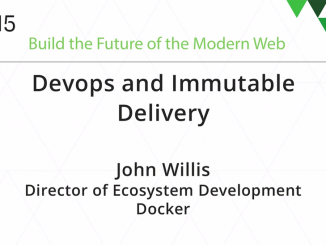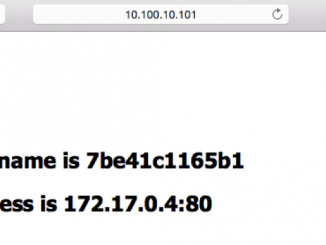
NGINX Plus vs. Citrix NetScaler: A Price‑Performance Comparison
NGINX Plus vs. Citrix NetScaler: A Price‑Performance Comparison table, th, td { border: 1px solid black; } th { background-color: #d3d3d3; align: left; padding-left: 5px; padding-bottom: 2px; padding-top: 2px; line-height: 120%; } td { padding-left: 5px; padding-bottom: 5px; padding-top: 5px; line-height: 120%; } A few months ago we published a blog comparing the price and performance of NGINX Plus vs. F5 BIG‑IP hardware application delivery controllers (ADCs). In researching and publishing that blog, we learned that by moving from F5 BIG‑IP to NGINX Plus you can drastically reduce costs while maintaining the same feature set and level of performance. In this blog we’re again comparing NGINX Plus price and performance, this time with Citrix NetScaler ADCs, and the results are just as strong as with F5 BIG‑IP ADCs. You can replace Citrix NetScaler ADCs with NGINX Plus and save up to 89% without any sacrifice in performance or critical features. [ more… ]


